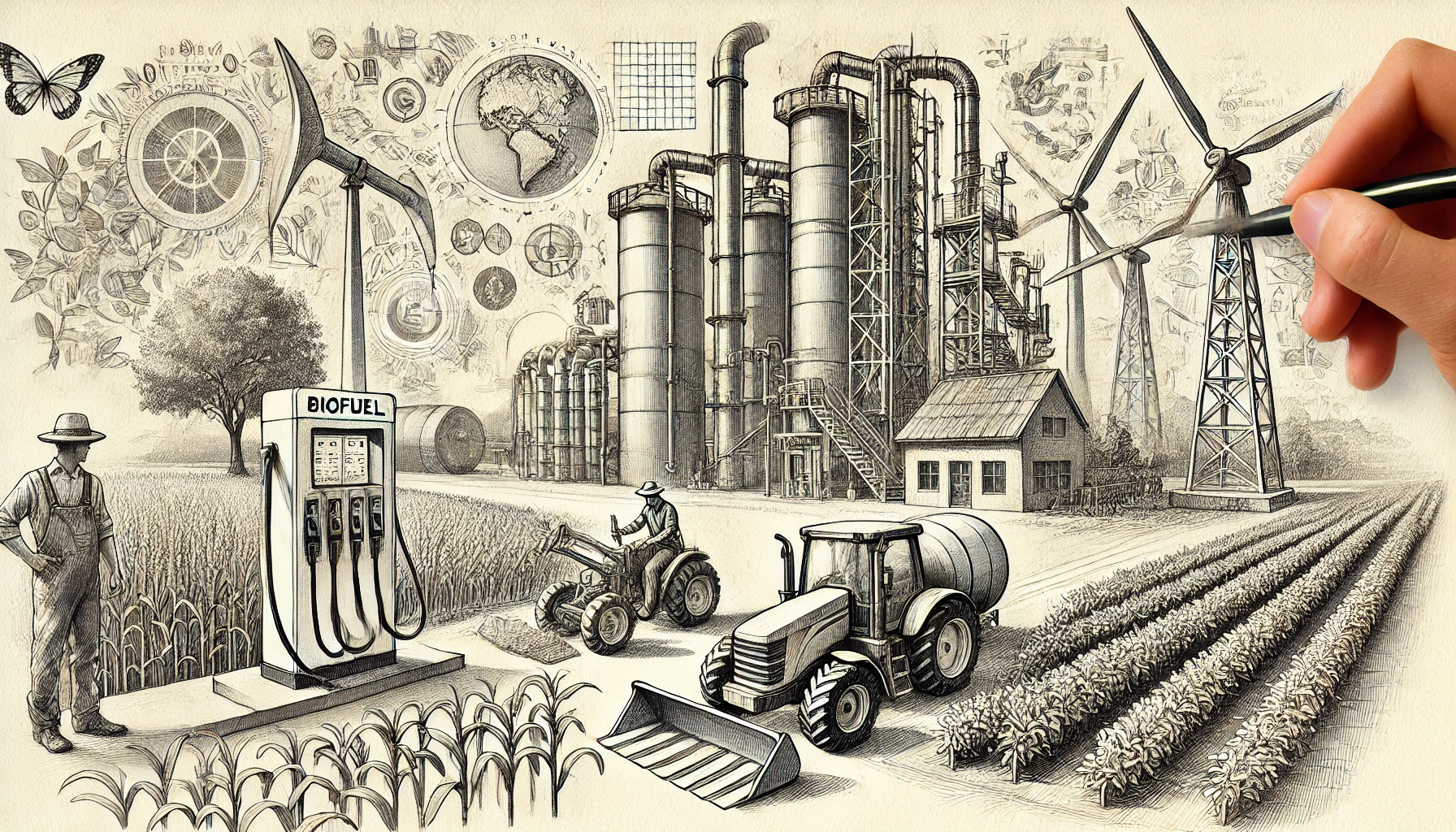Biofuels hecho con lápiz might sound like a strange mix, but there’s a real story behind it.
People are looking for cleaner energy sources.
Gas prices keep climbing.
Fossil fuels won’t last forever.
That’s why biofuels are getting more attention.
But what does “biofuels hecho con lápiz” really mean?
Let’s break it down without the fluff.
Wait, Biofuels Hecho Con Lápiz? What’s That About?
The phrase itself seems odd, right?
Biofuels are made from plants, algae, and waste materials.
Not pencils.
But if you’ve heard the phrase floating around, you’re probably wondering if there’s a connection between biofuels and writing tools.
There actually is.
The materials used to make pencils—wood, graphite, and even some bio-based polymers—can be processed into fuel.
Some researchers have experimented with waste from pencil production to create usable biofuels.
It’s not mainstream yet, but it shows how biofuels can come from unexpected places.

Why Are Biofuels Even a Big Deal?
Fossil fuels have been running the show for over a century.
But they’re dirty, expensive, and won’t last forever.
Biofuels offer an alternative.
- Lower emissions – Less carbon released compared to fossil fuels.
- Renewable – Made from organic materials that keep growing.
- Diverse sources – Waste, crops, and even byproducts like pencil shavings can be turned into fuel.
How Biofuels Are Made (And Where Pencils Fit In)
Biofuels come in different types:
- Ethanol – Fermented from crops like corn and sugarcane.
- Biodiesel – Made from vegetable oils, animal fats, and waste grease.
- Advanced biofuels – Created from algae, wood waste, and other unconventional sources.
Now, let’s talk about pencils.
Pencil manufacturing produces wood scraps, graphite dust, and even waste polymers.
Instead of tossing that waste, companies can convert it into biofuels.
- Wood waste – Can be processed into cellulosic ethanol.
- Graphite dust – Mixed with organic waste to enhance fuel properties.
- Biodegradable polymers – Can be broken down into bio-based diesel alternatives.
It’s not a mainstream fuel source yet, but it shows how creative scientists are getting.
Is Biofuel from Pencils Practical?
Right now, biofuels hecho con lápiz isn’t a commercial solution.
But the concept is real.
Companies are always looking for new biofuel sources.
If waste from pencil production can be converted, it’s just another step toward reducing waste and finding more fuel options.
The Bigger Picture: Other Surprising Biofuel Sources
Pencil waste is just one example.
People are making biofuels from all sorts of unexpected materials:
- Coffee grounds – The leftover waste from brewing coffee can be turned into biodiesel.
- Algae – Some strains produce high amounts of oil for biofuel production.
- Used cooking oil – Restaurants are turning fryer oil into vehicle fuel.
- Agricultural waste – Corn stalks, wheat straw, and sawdust can be transformed into ethanol.
The Pros and Cons of Biofuels Hecho Con Lápiz
Before getting too excited, let’s weigh the benefits and challenges.
Pros:
- Reuses waste – Turns pencil byproducts into something valuable.
- Reduces fossil fuel dependence – More renewable energy options.
- Lowers emissions – Compared to gasoline and diesel.
Cons:
- Not widely used yet – Still in the research phase.
- Collection challenges – Getting enough pencil waste to make it worth it.
- Processing costs – Can be more expensive than traditional biofuels.

FAQs: What People Are Asking About Biofuels Hecho Con Lápiz
Can I Make Biofuels at Home Using Pencil Waste?
Not really.
Biofuel production requires special processing, chemical breakdown, and fermentation.
It’s not something you can do in your backyard with a few old pencils.
Are Companies Actually Making Biofuels from Pencils?
Some researchers have explored it.
But large-scale production hasn’t happened yet.
It’s more of a concept proving that biofuels can come from almost anything.
What’s the Most Common Biofuel?
Ethanol and biodiesel.
They’re widely used in cars and trucks.
Where Can I Buy Biofuels?
- Many gas stations sell ethanol blends.
- Biodiesel is available at select fueling stations.
- Some companies deliver biofuels for home heating and industrial use.
Final Thoughts on Biofuels Hecho Con Lápiz
Biofuels hecho con lápiz might not be in your gas tank yet.
But the idea behind it—turning waste into fuel—is real.
The more we explore creative fuel sources, the closer we get to a cleaner, more sustainable future.
If biofuels can be made from pencil waste, who knows what’s next?
Learn more about alternative biofuels here.
Read about how wood waste is used for fuel.
See how used cooking oil is turned into biodiesel.
